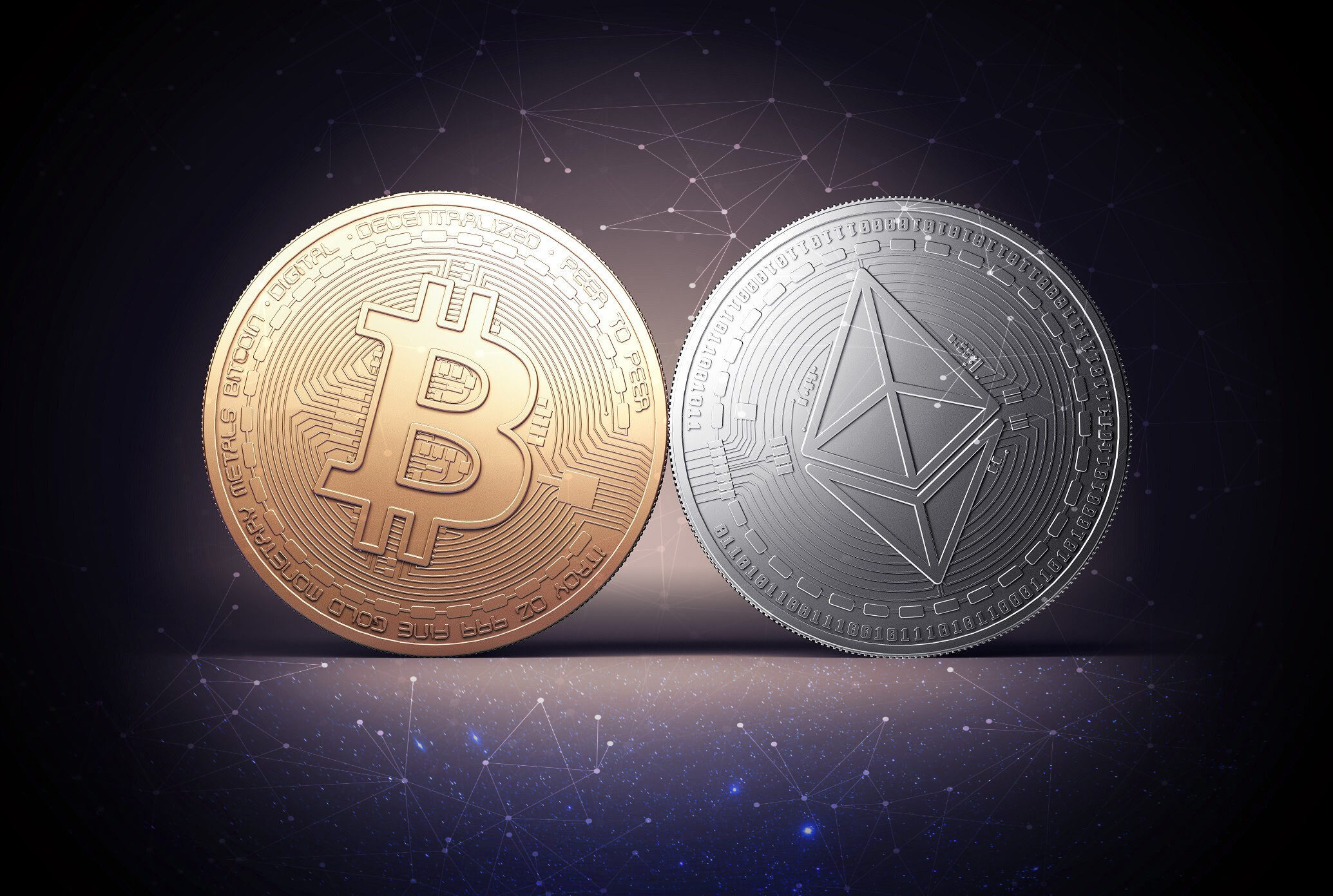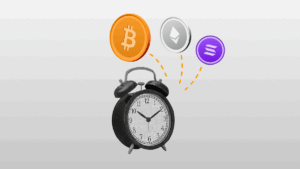
In this guide, we explain what is Ethereum and unpack the differences between Ethereum and Bitcoin.
Invented by Vitalik Buterin, Ethereum is a decentralised platform that runs smart contracts: applications that run exactly as programmed without any possibility of downtime, censorship, fraud or third-party interference.
These apps run on a custom-built blockchain, an enormously powerful shared global infrastructure that can move value around and represent the ownership of property. This enables developers to create markets, store registries of debts or promises, move funds in accordance with instructions given long in the past (like a will or a futures contract) and many other things that have not been invented yet, all without a middleman or counterparty risk.
The project was crowdfunded during August 2014 by fans all around the world. It is developed by the Ethereum Foundation, a Swiss non-profit, with contributions from great minds across the globe.
Beginnings of the Ethereum universe
Launched on 30th July 2015, Ethereum is a cryptocurrency based on the blockchain.
Founded by Vitalik Buterin and Joseph Lubin, it is sometimes considered the second version of Bitcoin.
Though Bitcoin and Ethereum are both decentralised currencies based on blockchain, there are significant differences between the two.
What’s the difference?
A good way to understand the differences between the two is to recognise that each has its own goals and purpose. While Bitcoin was and still intends to be a digital currency based on the blockchain, Ethereum has sought to create an entire network within itself.
In fact, each Ether can be designed to represent a range of different things. It can represent currency, an asset, a digital share or even proof of membership in digital organisations.
According to the website, any user can build:
- A tradable token with a fixed supply
- A central bank that can issue money
- A puzzle-based cryptocurrency
Additionally, this currency offers the opportunity to build entire organisations, associations and even countries if an individual desired. Yes, you read correctly. Countries.

The Ethereum Project
From health apps to security software to games, the possibilities are seemingly endless on the Ethereum Project. Click here for a full list of the decentralised apps currently running on the platform.
Ethereum Gas
As you begin to investigate Ethereum, you may come across the term gas. Sometimes referred to as GASPRICE, this term represents the value or cost for each step taken within the blockchain. Alongside Ether, gas is used as a reward for miners within the network.
The Child Prodigy
Inventing Ethereum at only 21 years old, Vitalik Buterin has proven to be an incredible mind within the crypto space. At an early age, he was placed in a gifted program at school. With a computer scientist as a father and his gift for maths combined, it seemed inevitable from early on that the child genius would do great things.
Ether for Good
Vitalik also proves to be an incredible human being, giving back to the world through the wealth he has acquired through cryptocurrency. This includes substantial donations to Give Directly, The Internet Archive and the SENS Research Fund.
Through these efforts and his altruistic mission, Vitalik is truly showing the world how crypto and blockchain technology can be used for good.




